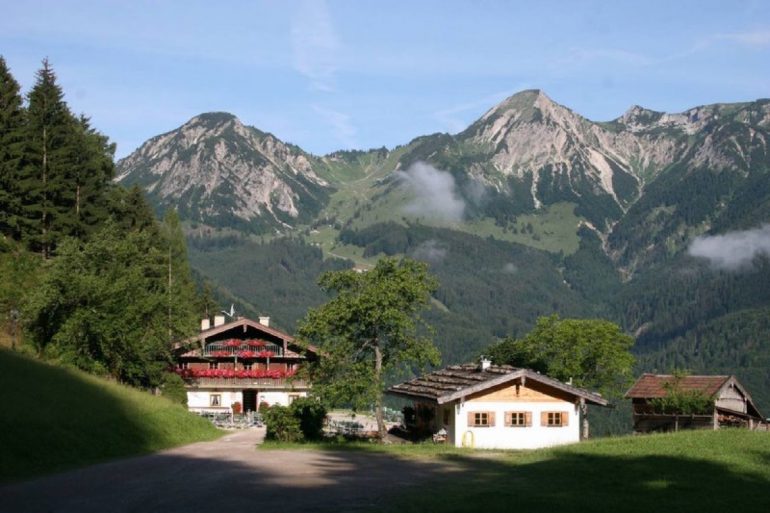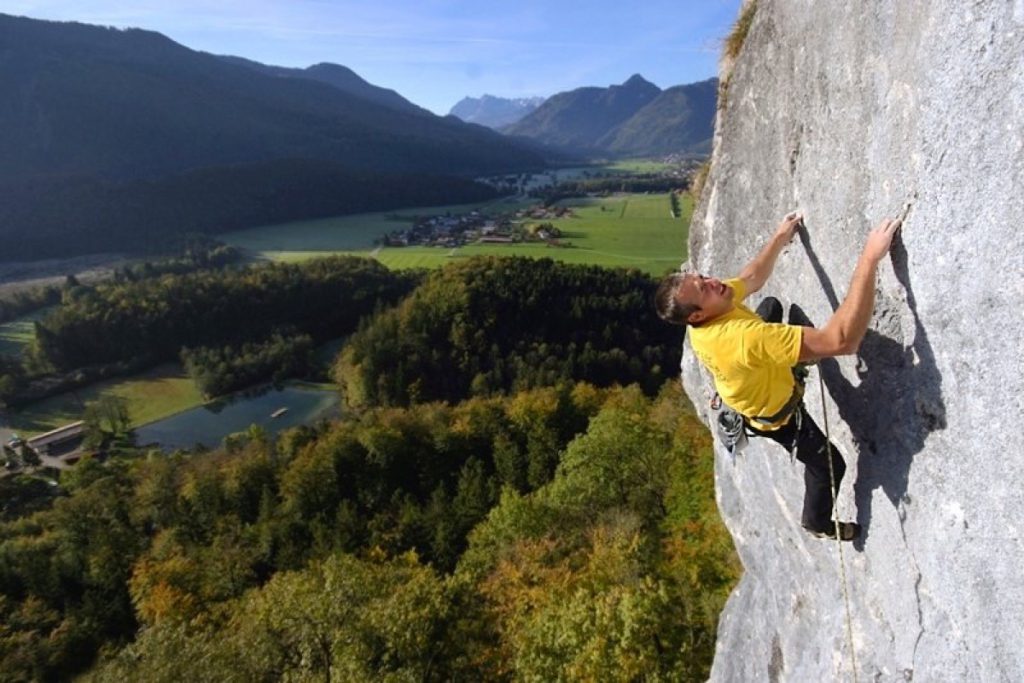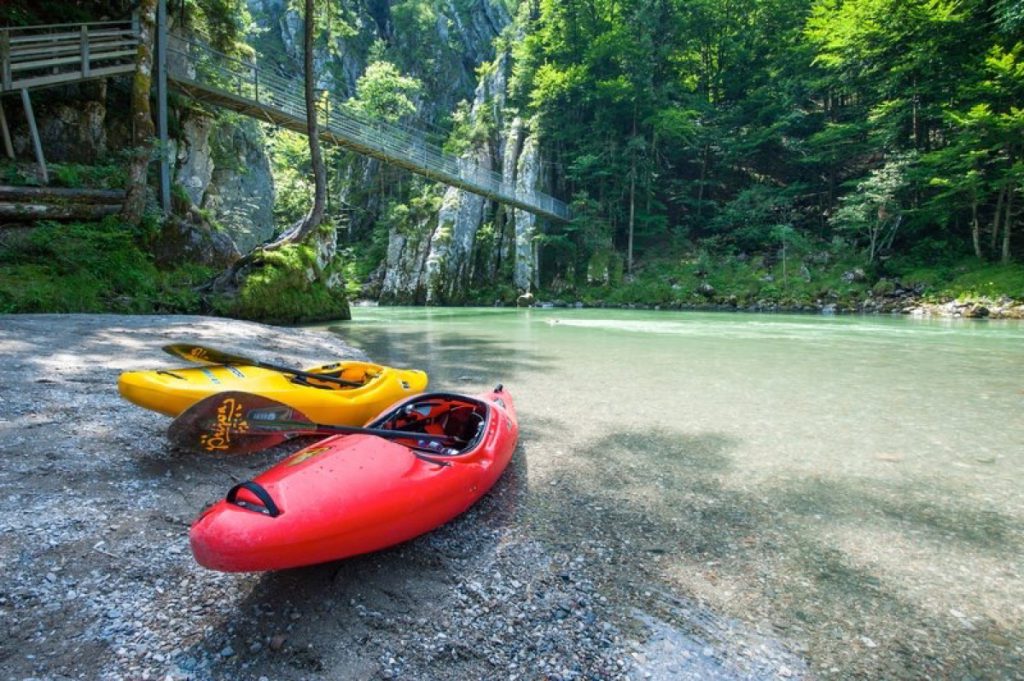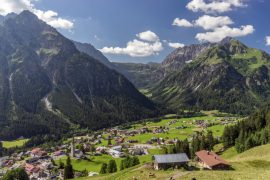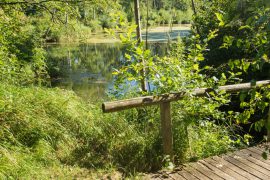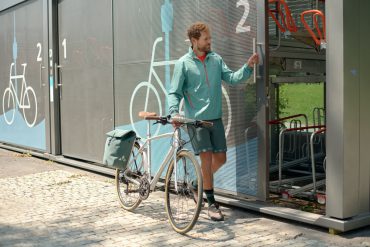In 2008, an initiative for sustainable mountain sports and environmentally friendly regional development of small tourist resorts was launched under the name “Mountaineering Villages”. What began as a pilot project of the Austrian Alpine Association with twelve communities has since developed into an internationally recognised and coveted quality criterion. In order to acquire the seal, the villages must fulfil a strict catalogue of criteria and make a long-term commitment to sustainable Alpine tourism and the preservation of their regional landscape. So far, 35 villages belong to the initiative, spread across Austria, Switzerland, Italy, Slovenia – and Germany.
Alpine tourism – a blessing with critical side effects
Lush alpine meadows, the tinkling of cowbells, towering peaks, holidays in untouched landscapes – this image attracts around 120 million holidaymakers from all over the world to the Alpine regions every year. Mountain sports have been in vogue for years, they are now integrated as fixed tourism offers in most valley resorts. However, the strong rush and economic dependence on tourism has far-reaching consequences for nature in many places – especially when more and more large hotel complexes are erected, ski swings are built and wide roads are cut through the landscape for better accessibility.
Alpine associations (AV) across countries are observing these developments with concern and are therefore devoting more attention to the challenge of reconciling mountain tourism with the protection of the Alpine region. In 2008, the Austrian Alpine Association (ÖAV) launched a new initiative called Mountaineering Villages, whose declared goal is to establish nature-friendly tourism and regional developments, to preserve alpine and village landscapes and to promote original mountain sports. All participants have decided to operate a nature-oriented, resource-conserving tourism and fulfil a strict catalogue of criteria, based on the Alpine Convention established in 1991, an international treaty between the eight Alpine states and the European Union for the protection of the Alps.
Mountaineering villages have a lot to show
According to Marion Hetzenauer from the PES office in Innsbruck, the catalogue of criteria is internationally standardised. However, despite its strictness, it is “only the minimum standard to be met”, which in turn can be used as a basis for the commitment of the participating communities and their self-confession to a sustainable form of tourism, says Hetzenauer: “What clearly distinguishes the mountaineering villages is that they have a holistic approach. Primarily, of course, it’s about sustainable alpine tourism, but it incorporates many other factors that we also have as a claim on ourselves.” As its name suggests, the initiative aims to merge mountain sports and regional character, says Hetzenauer. This presupposes certain geographical and demographic requirements, he says, such as a minimum difference in altitude of 1000 metres between the lowest and the highest point of a municipal area, or a population limit of 2500 per municipality or local district. “Alpinistically interesting possibilities for several sports of different levels and ages” are also a must.
Criteria for the award of the seal
The official statutes of the initiative also include further obligations and goals that a mountaineering village must fulfil. In addition to requirements for “alpine competence” – the guarantee of safety in mountain sports, for example through well-maintained alpine trail networks and competent tourist support – they also presuppose certain village image, landscape, mobility and cooperation quality standards. Among other things, there should be a mountain sports-friendly infrastructure in the form of refuges and sustainable mobility offers, regional production and marketing of products, cooperation with local mountaineering village partner businesses, as well as buildings that are typical of the locality.
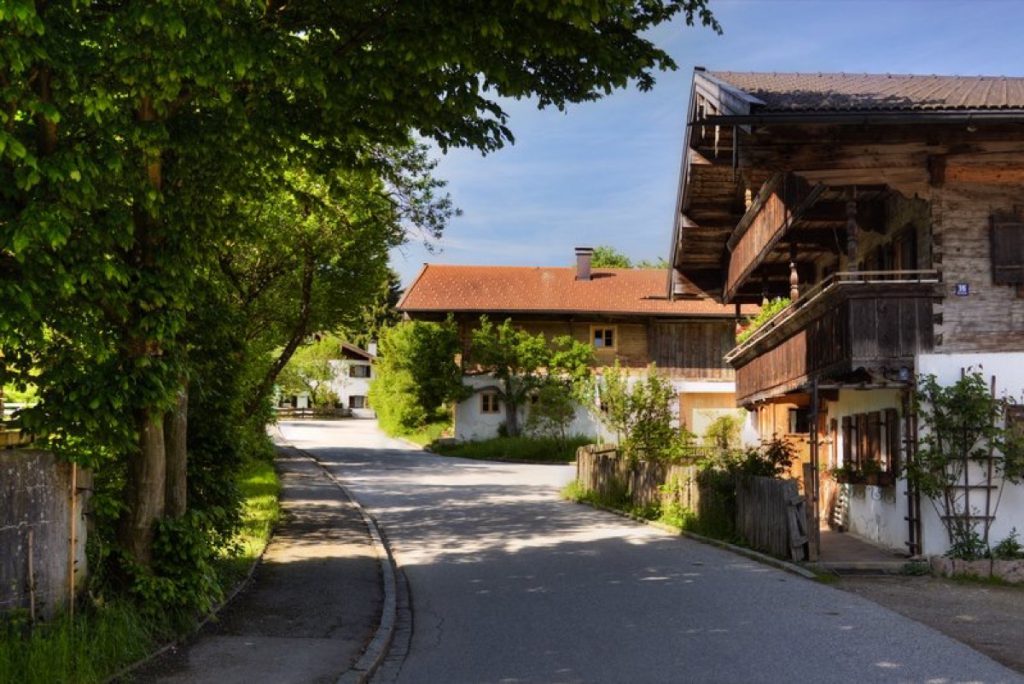
A central component of the project, however, is to persuade the villages to refrain from development steps that would promote economically lucrative mass tourism but would have a massive impact on the environment, explains Tobias Hipp of the German Alpine Association (DAV): “In order to receive the seal, the villages must not fulfil any exclusion criteria, i.e. undertake development that contradicts our philosophy, such as building large hotel complexes and ski areas in a nature reserve or hydroelectric power plants in protected river areas. One might think this goes without saying, but in some places it is unfortunately still a sad reality.
One initiative, different roles
Despite the uniformly implemented catalogue of criteria, the seal does not play the same role in every village. Actually, the initiative was primarily intended as “development aid” for smaller mountain villages in Austria, Hetzenauer explains, namely “to create impulses for somewhat weaker tourist destinations that could certainly stand to become even better known”. However, this should be done with a view to nature-friendly tourism and sustainable mountain sports, address a special target group from the outset and thus also bring lasting added value to the locals.
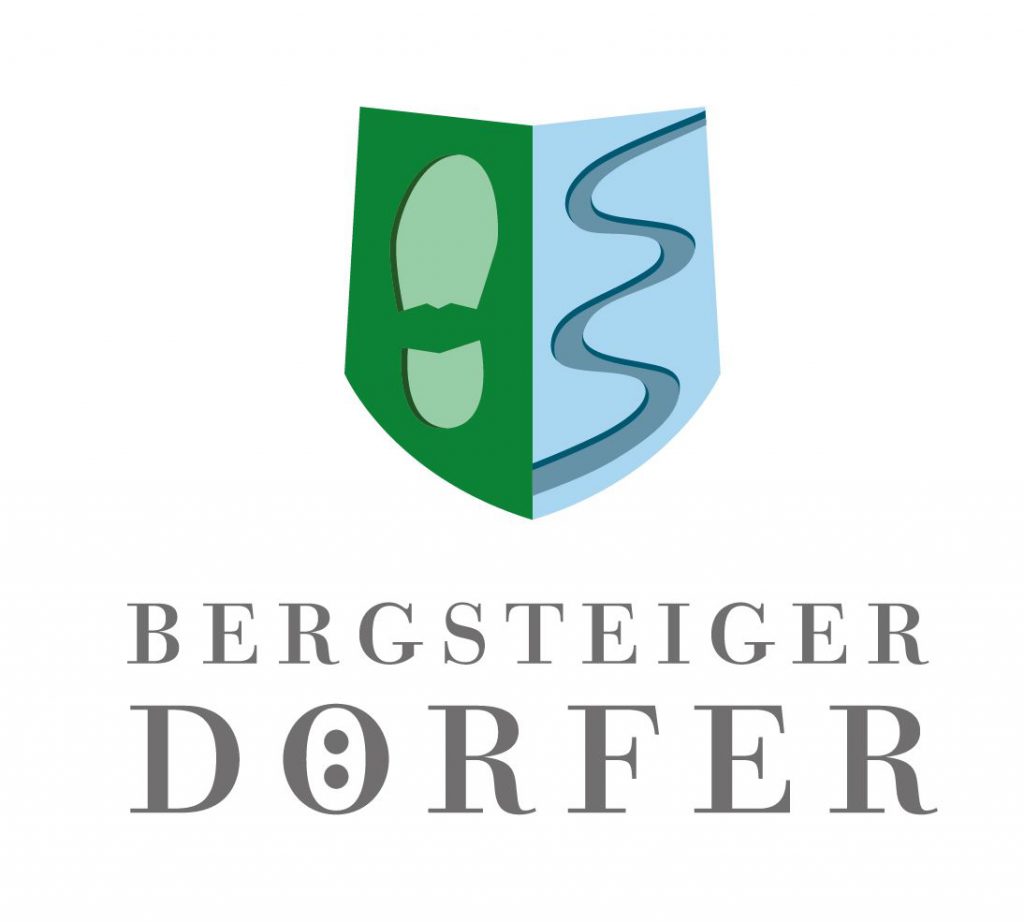
In the German Alpine region, on the other hand, the initiative started in 2015 under different conditions, according to Tobias Hipp, because the four Bavarian mountaineering villages of Ramsau, Kreuth, Schleching and Sachrang were already well positioned in terms of tourism and known beyond their borders before they received the award. Their participation in the project had come about “because they explicitly orient their tourism differently from their surroundings and go into the vanguard with their community and politics in order to develop projects and make a lasting difference,” he said. Marion Hetzenauer even calls Ramsau in Berchtesgaden a “prime example”. It is “an extremely well-known place that really wants to make a difference”, raise awareness among its guests and thus establish itself through its sustainable tourism.
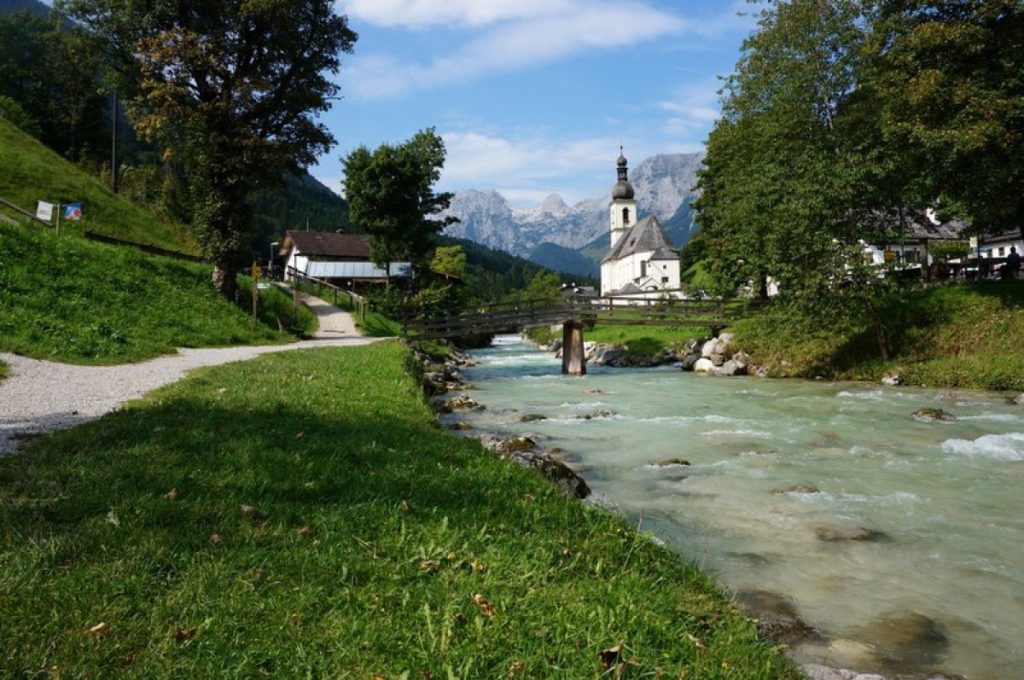
Standard of living instead of lip service
The fact that the “mountaineering villages” initiative is a standard of living and not an advertising strategy is also reflected in Germany, unlike Austria, in the lack of support in the form of state or even EU funding. The majority of the project costs are borne by the Alpine Associations themselves; in addition, partner companies make smaller contributions. In individual cases, federal states, cities or municipalities help to co-finance certain projects. At the Austrian project level, the participating villages even pay a membership fee so that the basic structure of the initiative can be maintained. Tobias Hipp reports that the Alpine clubs are already trying to set up their international project in such a way that it is eligible for EU funding. Nevertheless, he thinks that this independence of the initiative is also a clear sign of how much it means to the localities to be involved there, and in the long term. “The municipalities have consciously signed that they are in it for the long term,” he says. “That’s worth a lot because the municipalities also know and want that this commitment to the mountaineering village is not just lip service. It is not a marketing shell, but there is really a long-term commitment behind it. The communities are aware of that and that’s exactly what they want.”
We will portray individual mountaineering villages in Touremo magazine in loose succession.
https://www.bergsteigerdoerfer.org/
Text: Laura Geigenberger
Pictures: Lead, picture 2 and 3 (sports): Tourist-Information Schleching
Photo 3: (Sachrang townscape): Joachim Brahms
Ramsau: DAV/Tobias Hipp

